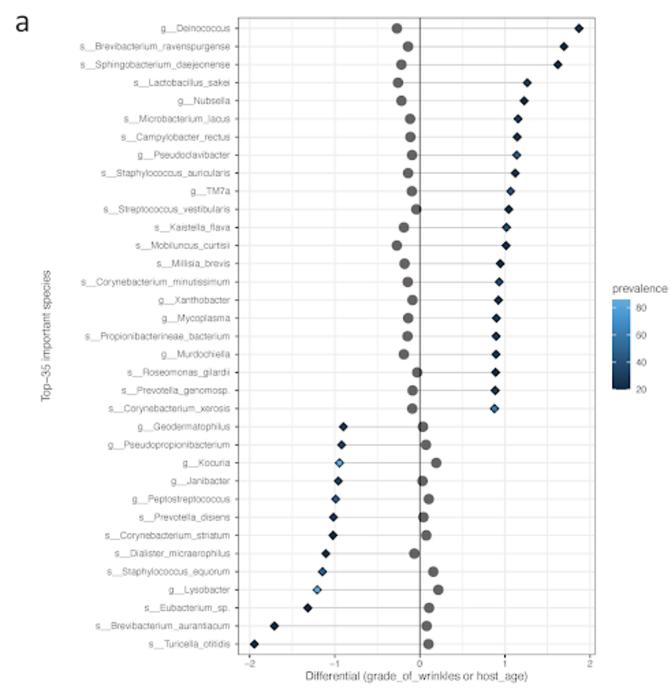New research suggests that skin microbiome diversity may be associated with skin aging.
For the study, researchers at the Center for Microbiome Innovation (CMI) at the University of California San Diego (UC San Diego) analyzed data collected during 13 studies from L’Oréal, consisting of 16S rRNA amplicon sequence data and corresponding skin clinical data for more than 650 females aged 18 to 70.
While each of the studies focused on one area of interest, the multi-study analysis collated the data to search for trends related to specific microbes while accounting for other variables, such as age.
“Previous studies have shown that the types of microbes on our skin change fairly predictably with age,” says corresponding study author Se Jin Song, the CMI Director of Research, in a news release. “Our skin also changes physiologically with age; for example, we gain wrinkles and our skin gets drier. But there is variation in what this looks like in people—you’ve probably noticed that there are some people who have younger or older looking skin than many others their age. Using advanced statistical methods, we were able to tease apart the microbes that are associated with these types of aging signs for skin, like crow’s feet wrinkles, from those that are associated with simply age as a chronological number.”

The team found a positive association between skin microbiome diversity and lateral cantonal lines. They also observed a negative correlation between microbiome diversity and transepidermal water loss. In further exploring the trends, the researchers identified several potential biomarkers that warrant investigation as microorganisms of interest.
“This research is groundbreaking in identifying new microbial biomarkers linked to visible signs of aging like crow’s feet wrinkles,” says Qian Zheng, Head of Advanced Research, North America at L’Oréal. “It marks a significant step toward developing technologies for healthier, more youthful skin.”
Future paths of investigation may include metabolomics work to discover chemical biomarkers related to skin aging, as well as meta-transcriptomics research into potential targets for genetic engineering. Research into other layers of the skin has also been considered, as many studies focus on the outer skin due to the ease of sample collection.

“While the study’s findings represent an advance of our knowledge of the skin microbiome, we view them as just the beginning of a new phase of research,” adds co-author Rob Knight, the CMI Faculty Director and Professor of Pediatrics, Bioengineering, Computer Science & Engineering and Data Science at UC San Diego. “By confirming a link between the microbiome and skin health, we’ve laid the groundwork for further studies that discover specific microbiome biomarkers related to skin aging, and, one day, show how to modify them to generate novel and highly targeted recommendations for skin health.”
The study appears in Frontiers in Aging.


